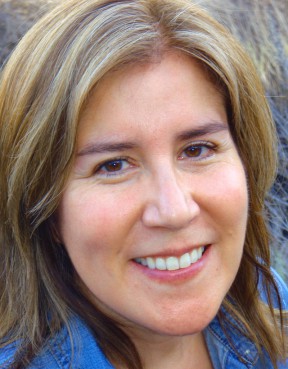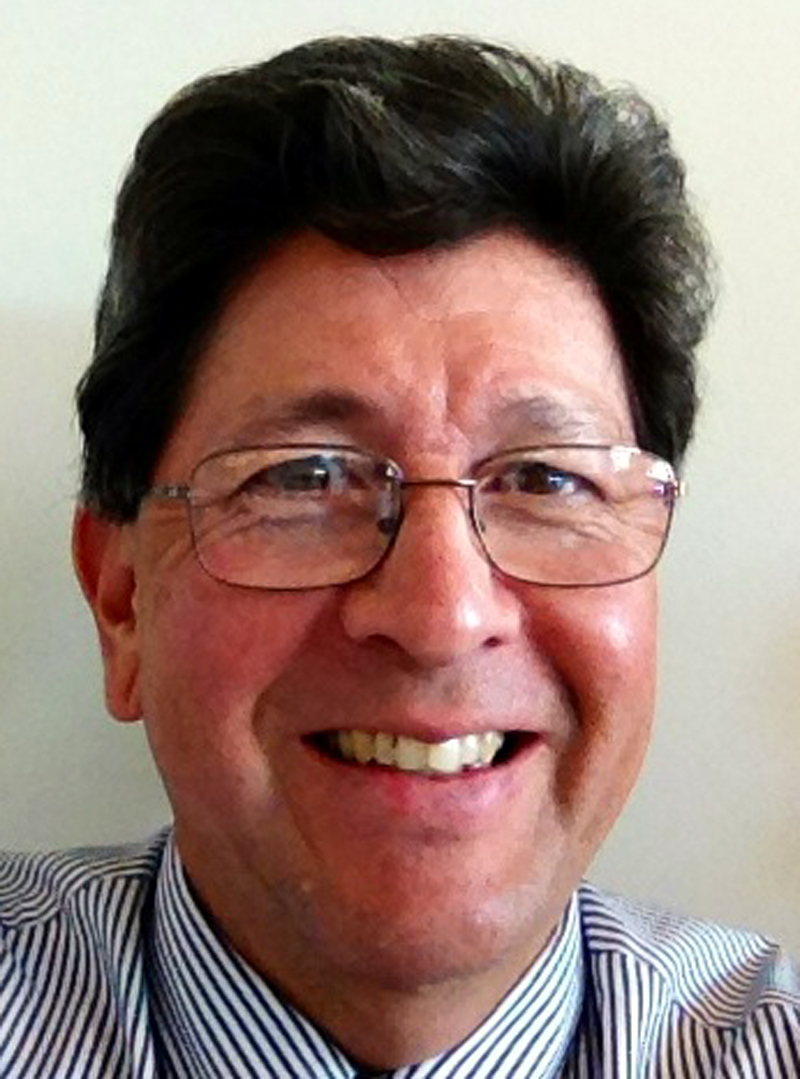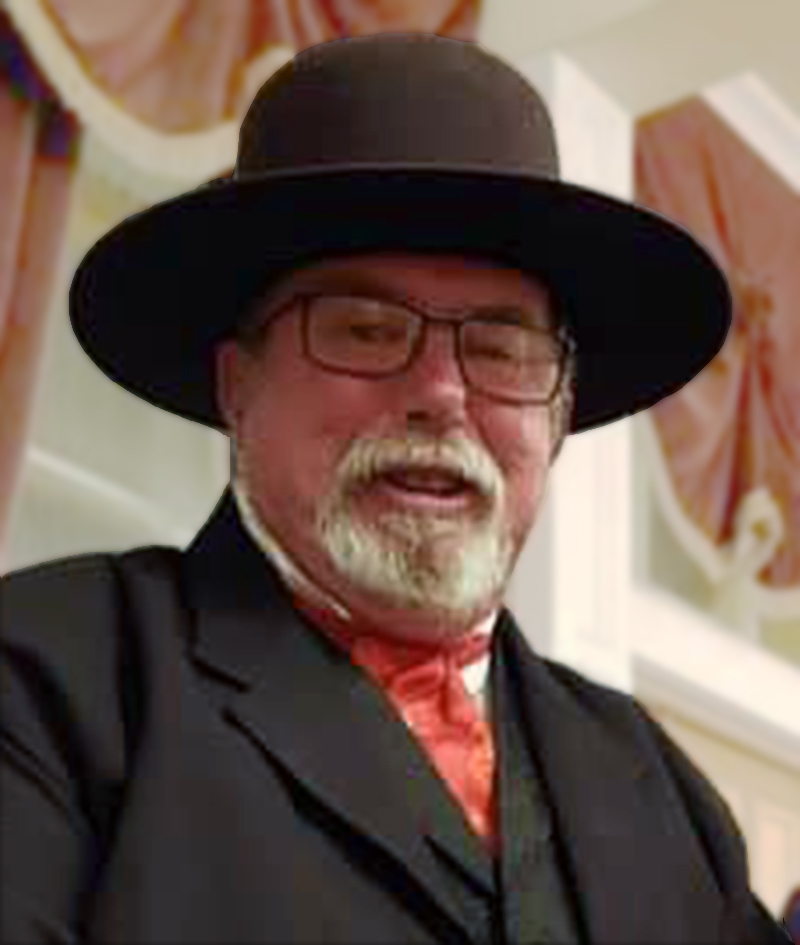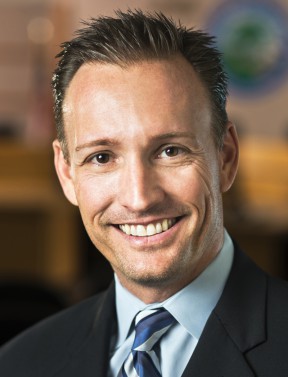 The purpose of a landfill is to provide a safe place for garbage to be taken and covered. We need landfills. We need to have safely operated landfills that don’t harm the communities that neighbor them.
The purpose of a landfill is to provide a safe place for garbage to be taken and covered. We need landfills. We need to have safely operated landfills that don’t harm the communities that neighbor them.
While it can be nice and good for a community, it isn’t the purpose of a landfill to provide funding for community programs. Anytime I read a comment about how much money a landfill is giving to a community, I think that is sure a strange way to run a business.
I don’t care, and many in Val Verde and the surrounding areas don’t care, what Chiquita has given the community. They just want the place to be operated safely and in accordance with county, state and federal regulations and laws. A lot of documentation has been provided that they have often not done that.
“But Darryl,” you say, “look at all the scholarships, grants, sports programs and whatever else Chiquita gives away.” Really? Every truck from every place that sends trucks to Chiquita pays a fee to dump there. All those “giveaway” programs are being paid for. Trust the bottom line. Waste Connection (the landfill operator) isn’t going to “give” without getting a lot more in return.
We want a dump that does its job without trying to look like it’s giving something away. Nothing is free. All of those handouts get paid for by increased fees to dump the trash. Do you think they do it because they “love the community?” No. They do it to buy support now and later for future projects.
 How plain can it be?
How plain can it be?
The car dealerships in the SCV give a lot to the various charities and sports teams and you name it. Realtors do it, too. I don’t think any one company in the SCV pays out anything near what Chiquita pays out. This year alone, there was $20,000 to the Val Verde Community Advisory Committee and another $340,000 to the Val Verde Community Benefits Funding Committee. There are other charities and sponsorships they give to. Between cash and payment in kind, I would estimate that this year, Chiquita gave away roughly $500,000. If the expansion is approved and the new benefit fund arrangements for Val Verde and Castaic go into effect, the number approaches $1 million a year.
And those who send trash there are paying for it. Trust me on this, folks: In America, no corporation is going to just give away money like Chiquita is doing now and proposes to do in the future – at least not a corporation the size of Waste Connection. They give the money by charging just a little bit more for each load.
That is how they do it. Just like General Motors and the other big guys.
I sure wish they would just do their job. Collect the trash. Bury the trash. Monitor and correct the smells. Control the dust. Make a little bit of electricity from the methane produced from the rotting trash already buried. Everything else they do is icing on a very stinky cake.
Another concern are the racist comments that have been sent in response to what I’ve been writing. Those remarks get removed as soon as they’re spotted, if they make it that far. The really threatening ones get forwarded to the Sheriff’s Department for their consideration and investigation if necessary. Most email addresses are pretty easy to trace to an originator. I’m sure the LASD can trace them better. Those types of comments are just plain sick, and they have noting to do with the debate over the landfill.
So keep the comments clean and on track about how you agree or disagree. Facts, folks. Documentation, too.
That goes for anything you might want to comment on in any media. If you called a radio station and wanted to speak on the air, you are asked to keep your comments civil. Many talk radio stations have a delay built in so someone can hit the “bleep” button and keep the words somewhat civil. I’m sure The Signal, KTHS and the Los Angeles Times have similar standards.
When it comes to a landfill, be it Chiquita Canyon or any other, all we want is a safely run operation. An operation that is safe from toxic material in the air and water around it. Safe and efficient without a smell that can choke a vulture.
It isn’t the money Val Verde wants. They want their community back. They don’t want Castaic to control them, either. It isn’t the money. If it were, the expansion would already have been started.
Darryl Manzer grew up in the Pico Canyon oil town of Mentryville in the 1960s and attended Hart High School. After a career in the U.S. Navy he returned to live in the Santa Clarita Valley. He can be reached at dmanzer@scvhistory.com. His older commentaries are archived at DManzer.com; his newer commentaries can be accessed [here]. Watch his walking tour of Mentryville [here].
Like this:
Like Loading...
Related








 Tweet This
Tweet This Facebook
Facebook Digg This
Digg This Bookmark
Bookmark Stumble
Stumble RSS
RSS







































REAL NAMES ONLY: All posters must use their real individual or business name. This applies equally to Twitter account holders who use a nickname.
3 Comments
Thank you Darryl!
You may also point out the issue that STILL no documentation surrounding this proposal including the DEIR has been made available in Spanish. Imagine finding out about the project and one, only having 30 days to say anything about and second, trying to get it translated before that time is up. This level of injustice is inexcusable.
As far as I can remember, the entire project has not been noticed or discussed in Spanish, not including the Draft EIR hearing at the Castaic Sports Complex.
I know that there was a scoping meeting, which was held years ago. I don’t think that was in Spanish. I believe that was the starting point and if it wasn’t noticed in Spanish, the landfill may need to go back to that point and start over again. With such a large portion of the community being Spanish speaking only, it would be the right thing to do, but we are talking about the Chiquita Canyon Landfill and based on my dealings with them, I do not think they will do this on their own accord.
I would also like to bring up another issue. The funds the landfill is giving to Castaic is to replace the required Mitigation Fee the County imposes on the landfill. The County Mitigation Fee is $1/ton and includes an annual increase for inflation, which is tied to the national CPI. Ask anyone in finance and they’ll tell you that the annual CPI number doesn’t reflect the true increase the middle class gets hit with, but it’s something used in many future payment plans.
The CATC agreement does not allow for an annual CPI increase. What this means is that the landfill can increase the amount they charge, however they will not share a penny of the increase with Castaic. This is for the life of the expansion.
Another way to put it. Money has a time value to it. For instance, a dollar today is worth much less than a dollar back in 1914. So, if the landfill expansion runs 21 years (the minimum time), what will a dollar be worth. 21 years ago was 1993, so lets compare what money bought in 1993 vs today.
– In 1993 I was two years out of grad school. Tuition back then was $195/credit hour – 2014 price is $720 or an increase of 269%.
– I had bought our home in Camarillo for $232K (at the market high in 1989). In 1993, it was worth $200K or so. 2014 price is $493K or an increase of 146%
– We bought a brand new 1992 Dodge Dynasty LE for $16,500. 2014 Dodge Charger SXT is $36,500 or an increase of 121%.
– A gallon of gas was $1.20 in 1993. Today, it’s $3.85 or and increase of 220%.
You get the picture. If you are given an annual income, which doesn’t have a cost of living allowance, your money will buy less and less as the years go on. And we’re just looking at 21 years. What happens if the expansion runs 38 years? Think about the cost of things in 1976, compared to today!
This is why this was in our original discussion with the landfill and it was agreed to put it on the term sheet. The landfill never sent the term sheet and months went by before the draft of the agreement was sent out. And it was not included in the agreement.